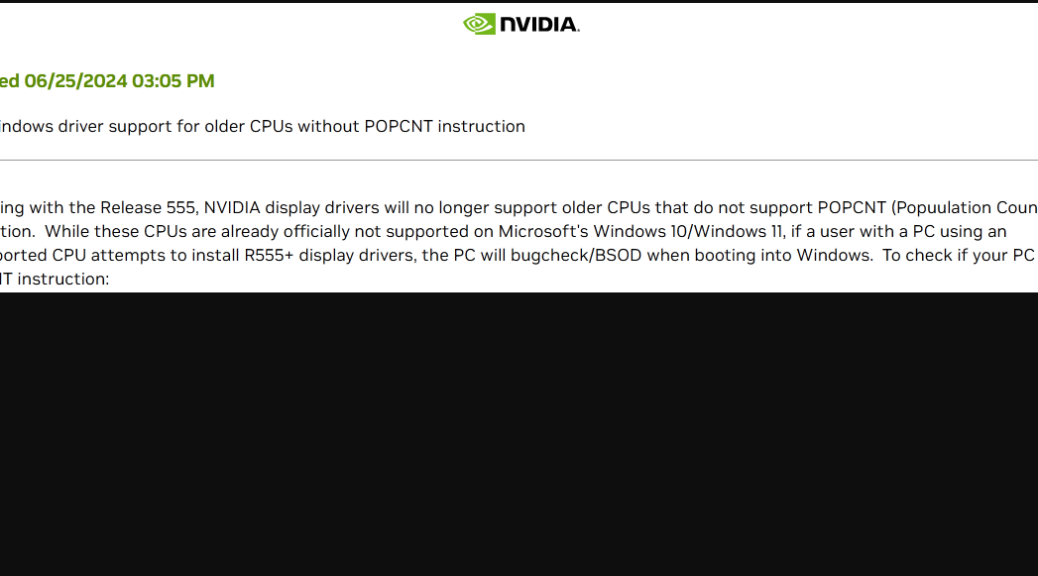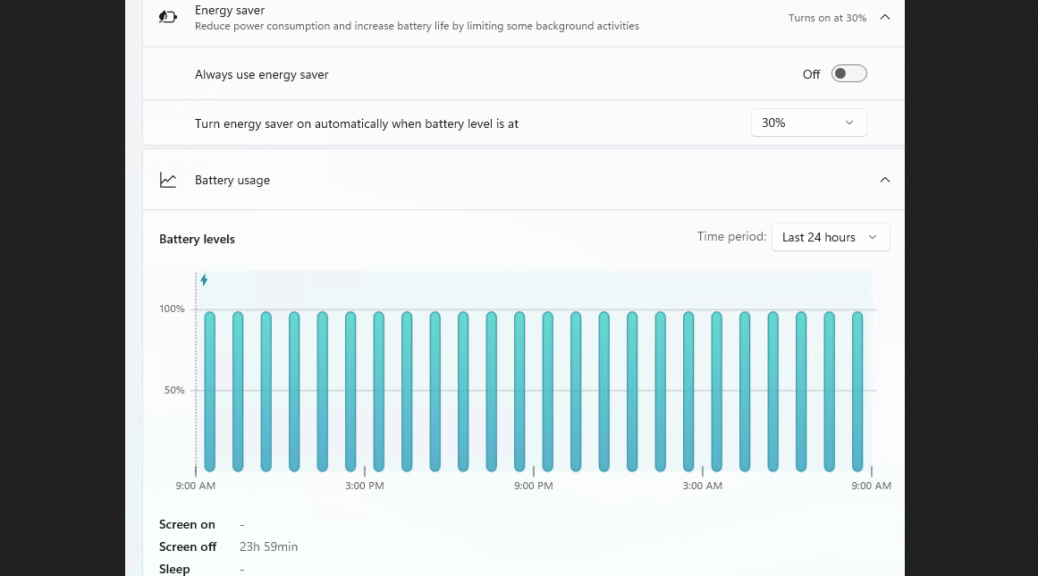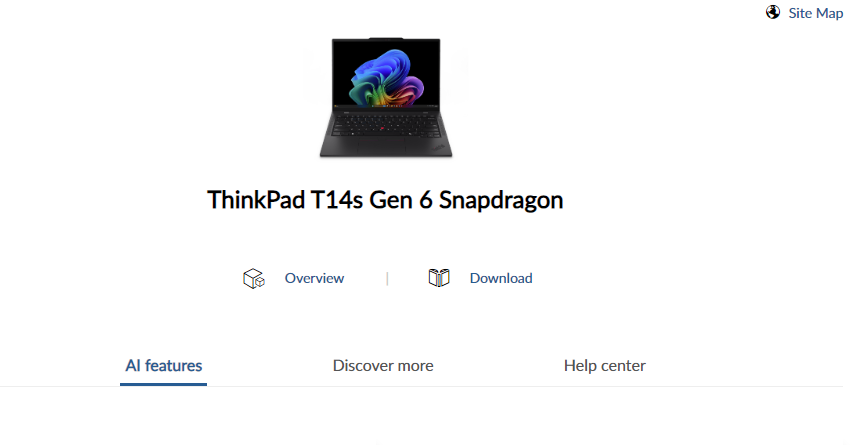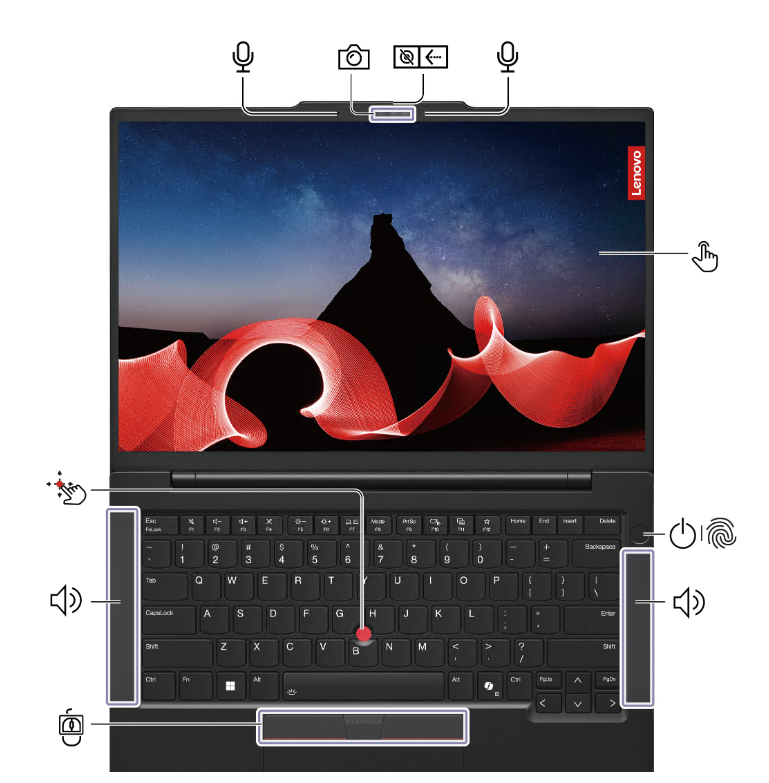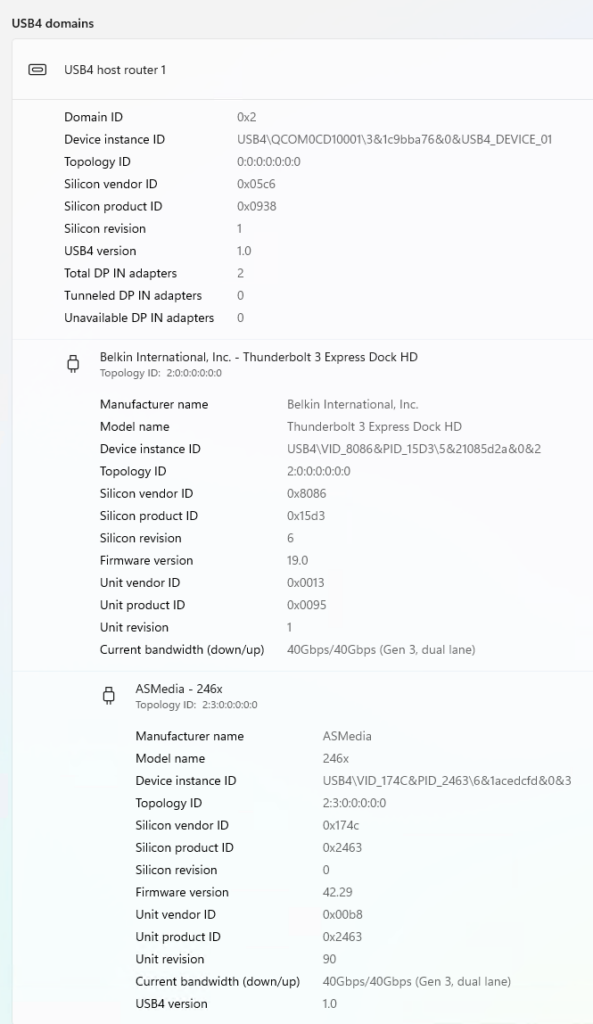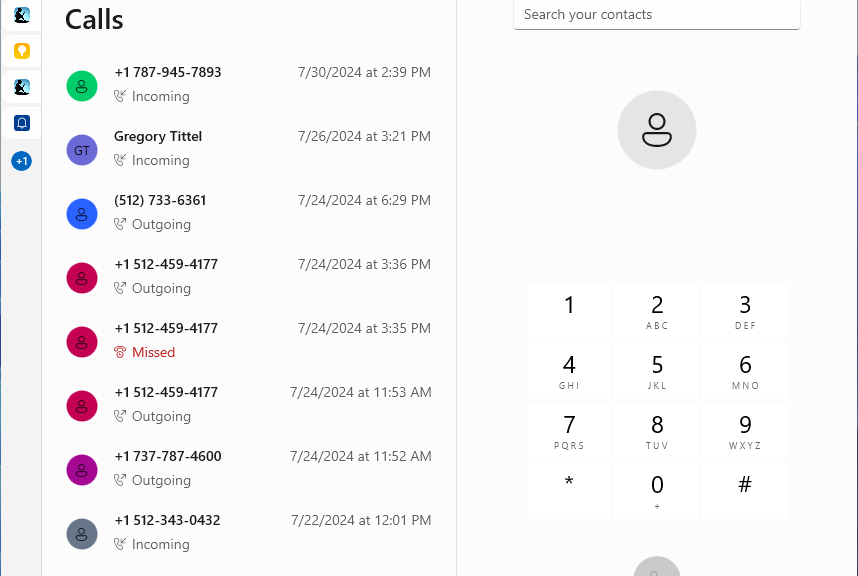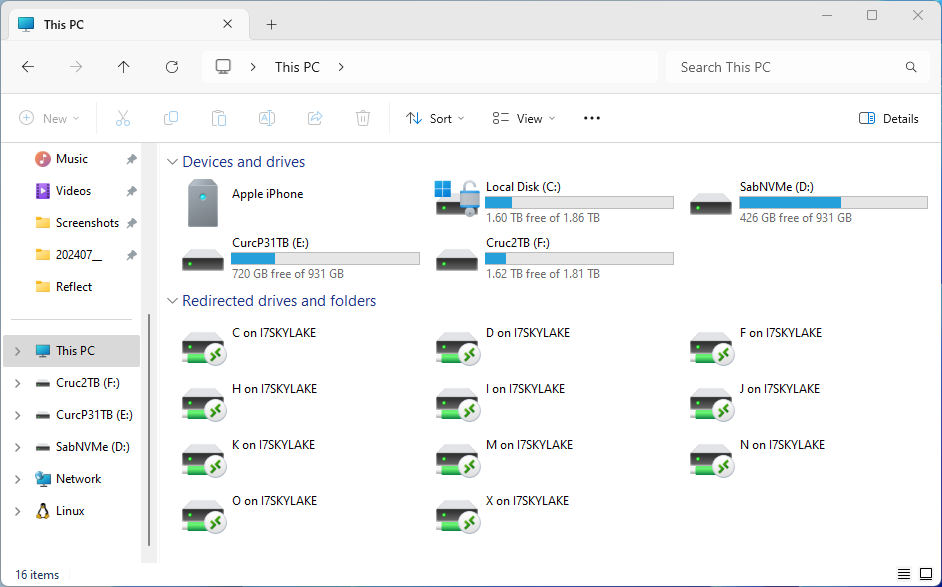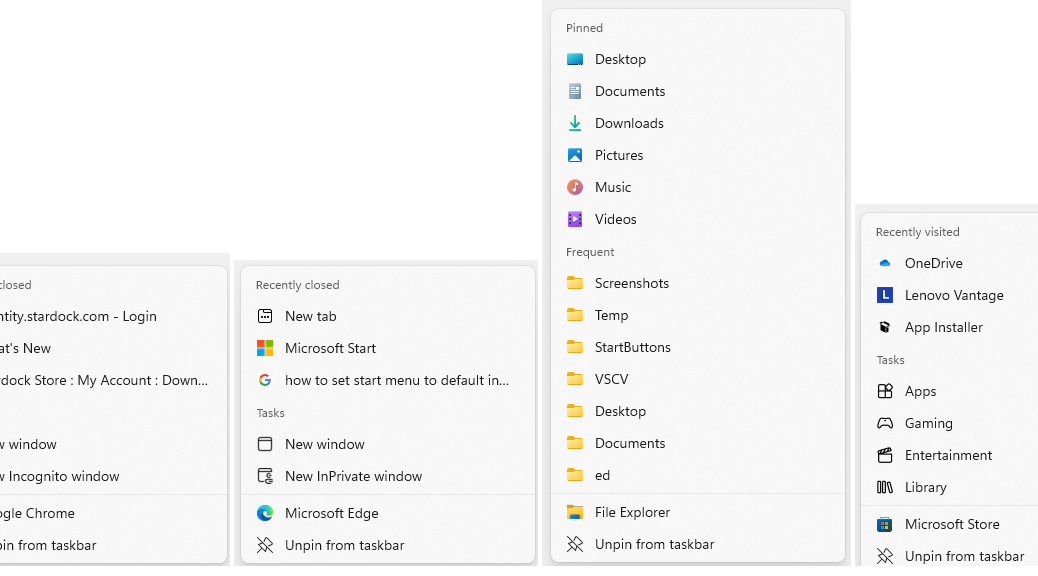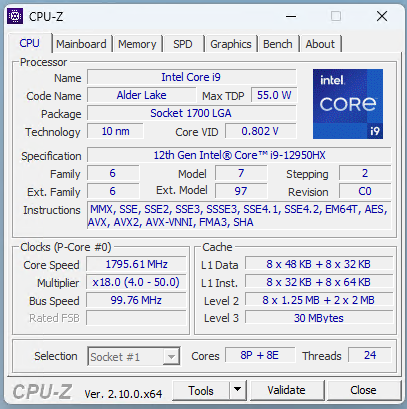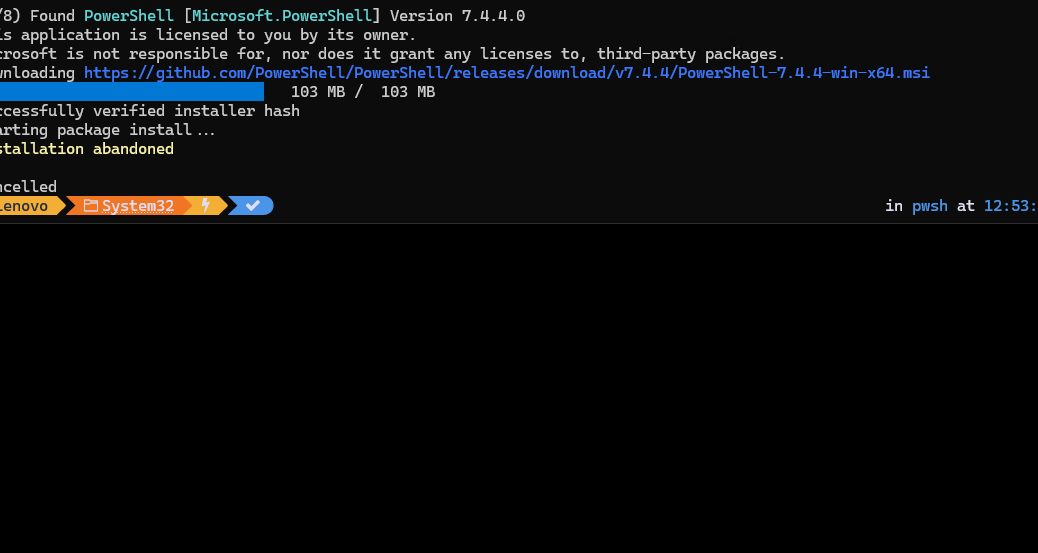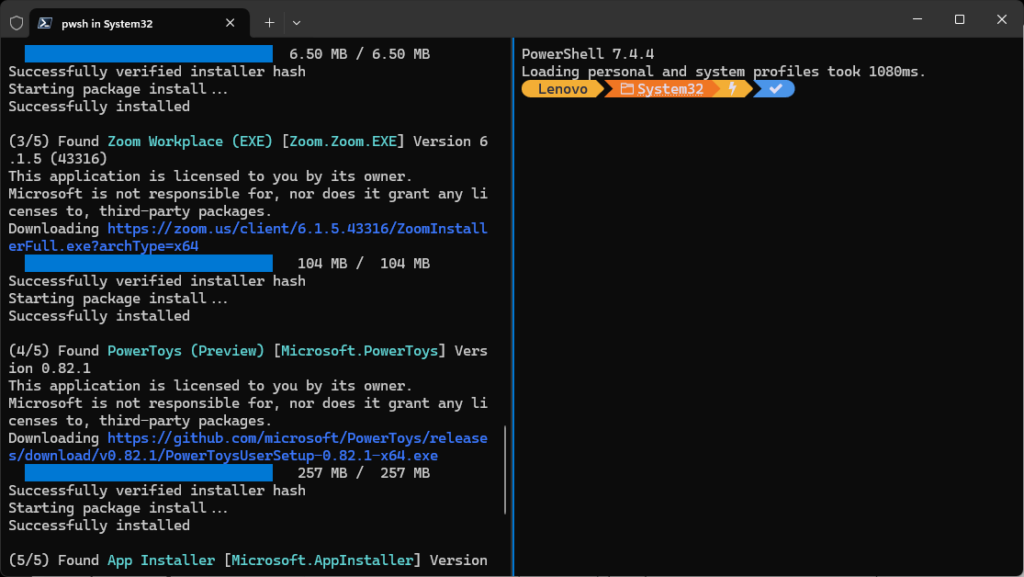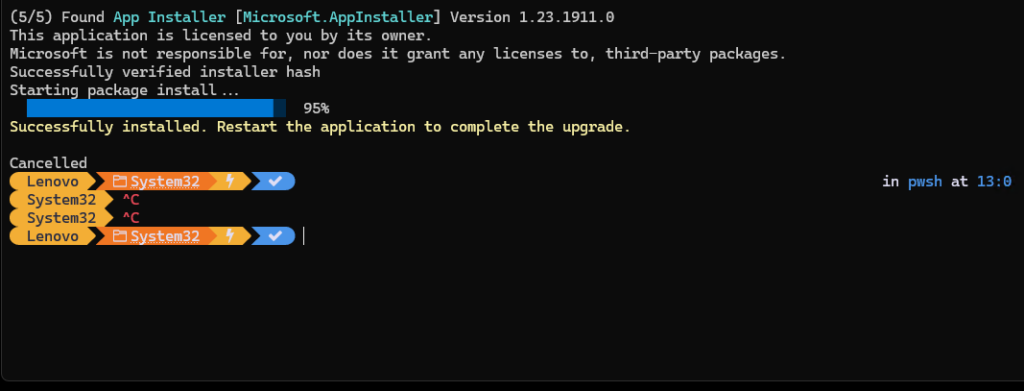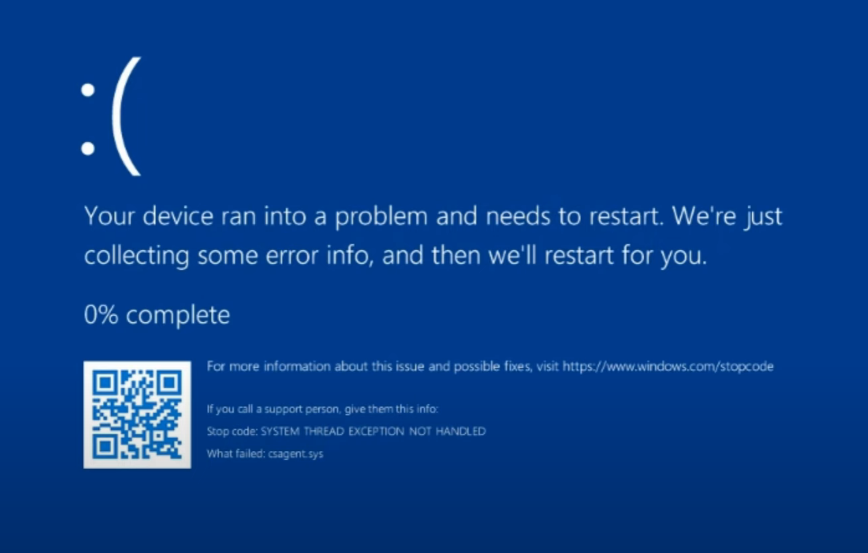Hey! We’ve known it was coming for some time now. In February 2024, Tom’s Hardware reported: “Microsoft’s PopCnt restriction appears to be unbreakable.” This CPU instruction is part of the SSE4.2 Instruction set for Intel processors. It’s SSE4.2a for AMD CPUs, and also present in Snapdragon X as well. Indeed it’s been part of the computing landscape since 2008 for Intel, circa 2009-2010 for AMD, and since inception for ARM (including Copilot+ PCs). But now, with the introduction of version 555, NVIDIA driver forces POPCNT support. How so? Check the lead-in graphic. Windows 10 and 11 systems that lack POPCNT support will BSOD if they install this latest GPU driver version. Ouch!
Sussing Out NVIDIA Driver Forces POPCNT Support
You can read about this in the NVIDIA release notes for 555 (source of the lead-in graphic). It’s entitled “EOL Windows driver support for older CPUs without POPCNT instruction.” That pretty much says it all. The note recommends using Sysinternals Coreinfo to check for POPCNT support. (Indeed, it worked to show such support on the Lenovo ThinkPad T14s Copilot+ loaner PC.)
But on Intel and AMD PCs, I found it easier to use Franck DeLattre’s excellent CPU-Z tool to look for the SSE4.2 (or SSE4.2a) instruction set instead. The ARM version of CPU-Z is less than helpful in providing POPCNT info because it doesn’t natively map to any ARM instruction set. Here’s what comes up on my ancient i7 SkyLake desktop (running Windows 10 for lack of CPU support).
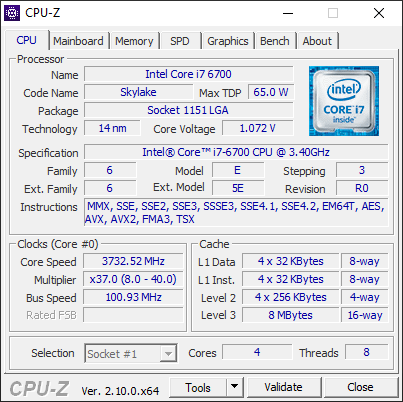 Note the “Instructions” entry that reads SSE4.2 (bottom of “Processor” block): that’s what we’re looking for, when using this tool to check for POPCNT support on Intel CPUs. WindowsLatest reports that CoreInfo doesn’t work reliably on all systems, and recommends other CPU check tools besides CPU-Z. Be sure to check it out for those details if one or the other of these tools doesn’t cut it on your rig.
Note the “Instructions” entry that reads SSE4.2 (bottom of “Processor” block): that’s what we’re looking for, when using this tool to check for POPCNT support on Intel CPUs. WindowsLatest reports that CoreInfo doesn’t work reliably on all systems, and recommends other CPU check tools besides CPU-Z. Be sure to check it out for those details if one or the other of these tools doesn’t cut it on your rig.
Older PCs: Avoid NVIDIA 555
The real takeaway from this news is that owners of older PCs whose CPUs don’t support POPCNT should avoid updating to NVIDIA driver versions number 555 or greater. Otherwise, they’ll have to boot into WinRE, and use DISM at the command line to uninstall that driver to end a BSOD loop on that machine. You’ve been warned! I’d be inclined to take this as a early indicator that a hardware refresh should be in your future, too…
